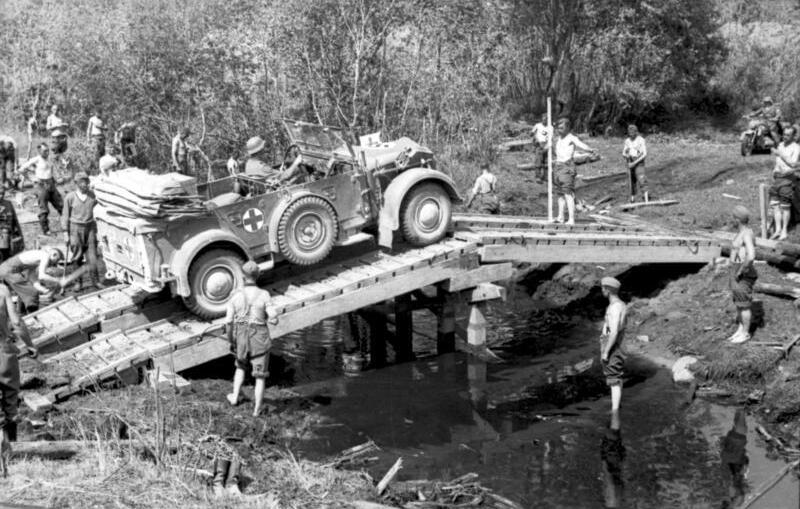Few vehicles in WWII are more instantly recognisable than the ones aforementioned in the title. I am focusing on those specific aircrafts and cars as I feel that they were litterally used for anything and everything, the Jeep obviously chief among them.
But what if the Jeep never got to become the standard vehicle of the US military... then, which vehicle was next in line ? My first guess would go towards the Dodge WC-52... but my knowledge of this era is limited.
The same question applies to the DC-3 Dakota which was omnipresent in all theatres of war as far as the US was concerned... what aircraft would have been picked for the military if the DC-3 had never been developed?
On the other side of the board, I am also interested in what were the alternatives available to the Germans, with the JU-52 having been around for quite a while by the beginning of the war, and as far as the Kubelwagen is concerned, I have truly no idea what could have replaced it.
Those questions could also extend to other nations (Brits, Italians, Japanese, French) involved in the war, but I am less knowledgeable of which land and air "workhorses" they had.
But what if the Jeep never got to become the standard vehicle of the US military... then, which vehicle was next in line ? My first guess would go towards the Dodge WC-52... but my knowledge of this era is limited.
The same question applies to the DC-3 Dakota which was omnipresent in all theatres of war as far as the US was concerned... what aircraft would have been picked for the military if the DC-3 had never been developed?
On the other side of the board, I am also interested in what were the alternatives available to the Germans, with the JU-52 having been around for quite a while by the beginning of the war, and as far as the Kubelwagen is concerned, I have truly no idea what could have replaced it.
Those questions could also extend to other nations (Brits, Italians, Japanese, French) involved in the war, but I am less knowledgeable of which land and air "workhorses" they had.



/stories/2014/03/FordGP001_01_900.jpg)

/stories/2008/03/Jeeppressphotos_01_resized.jpg)
